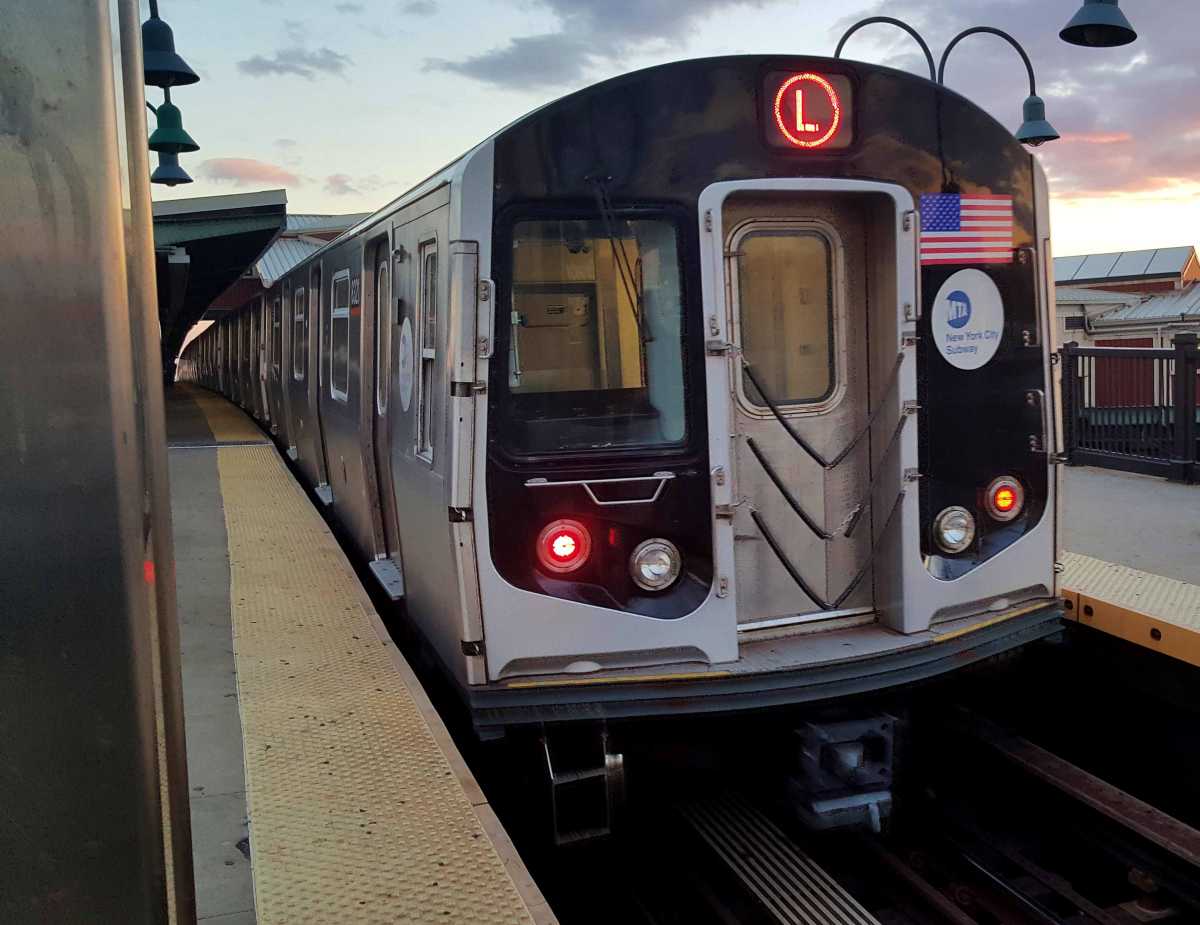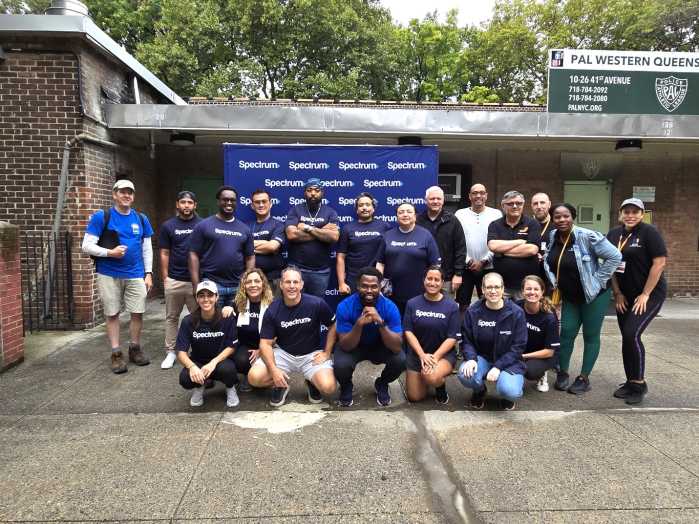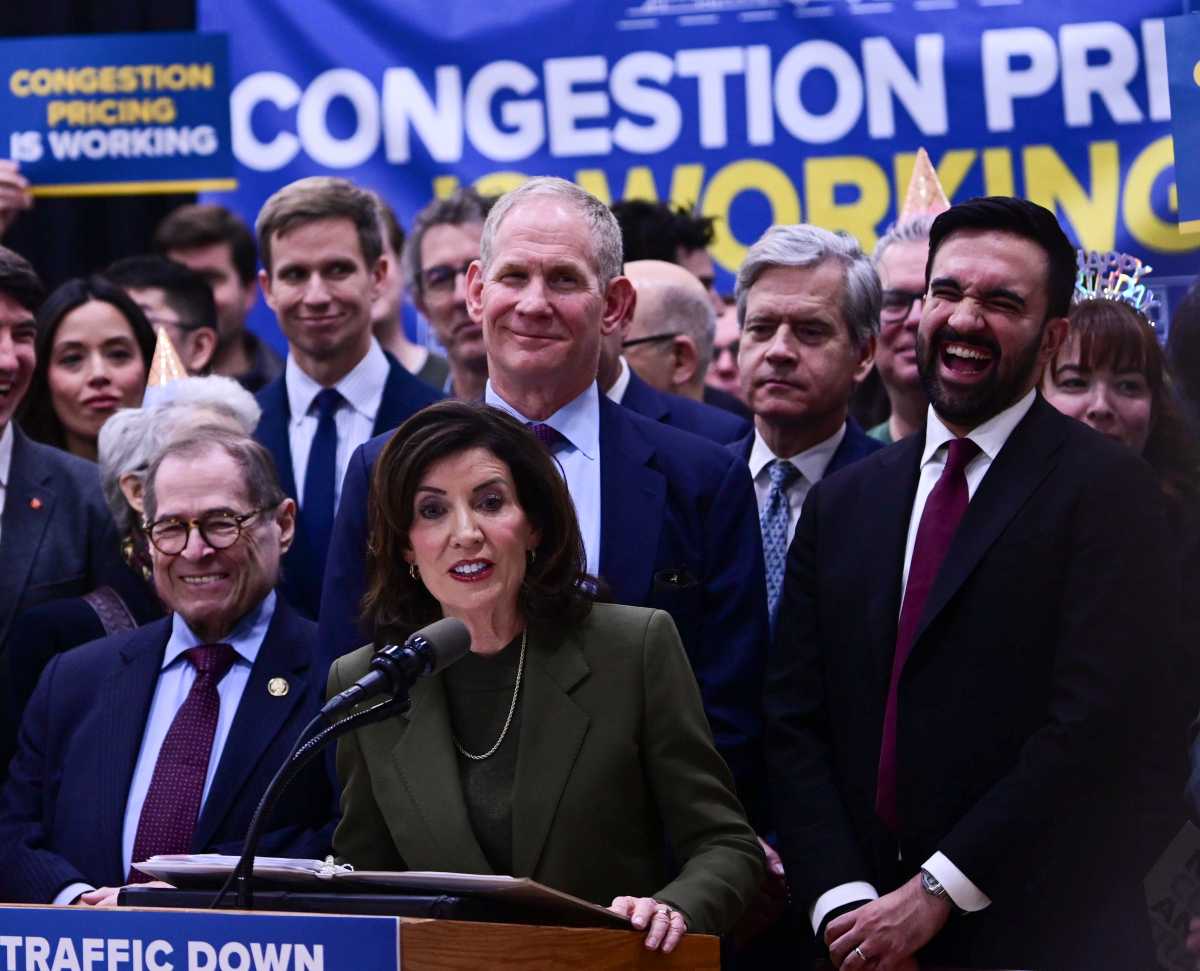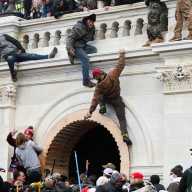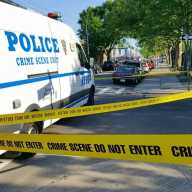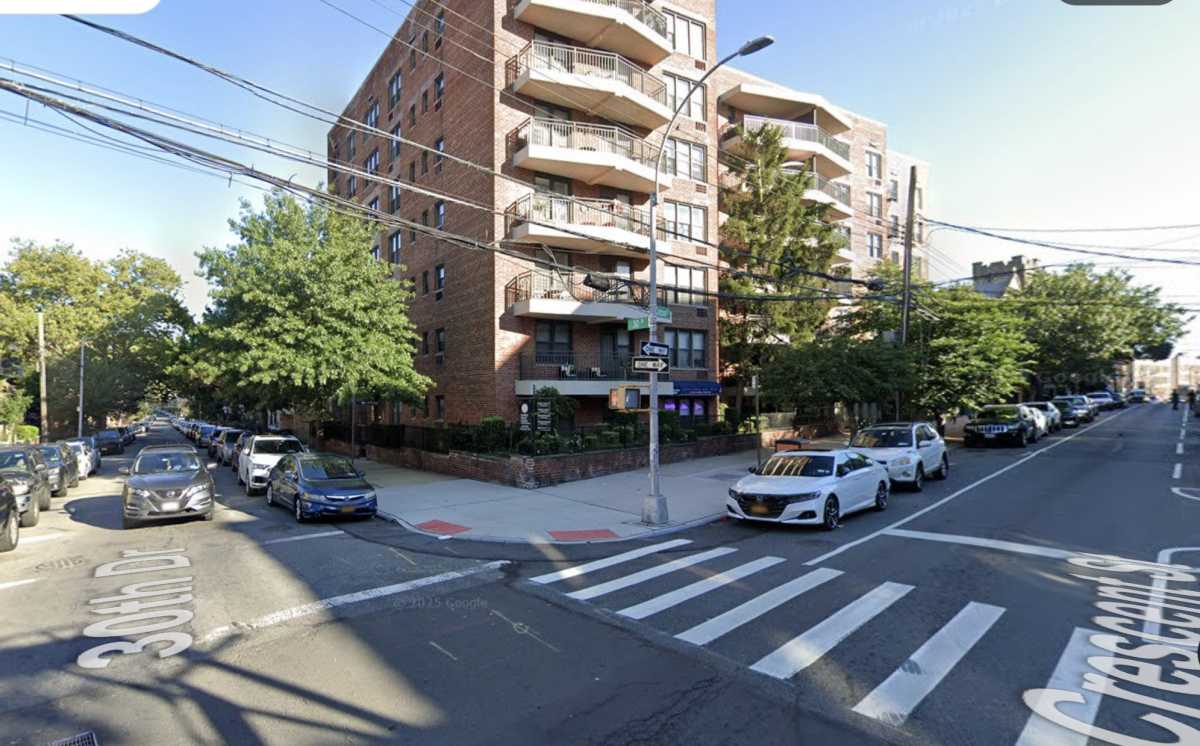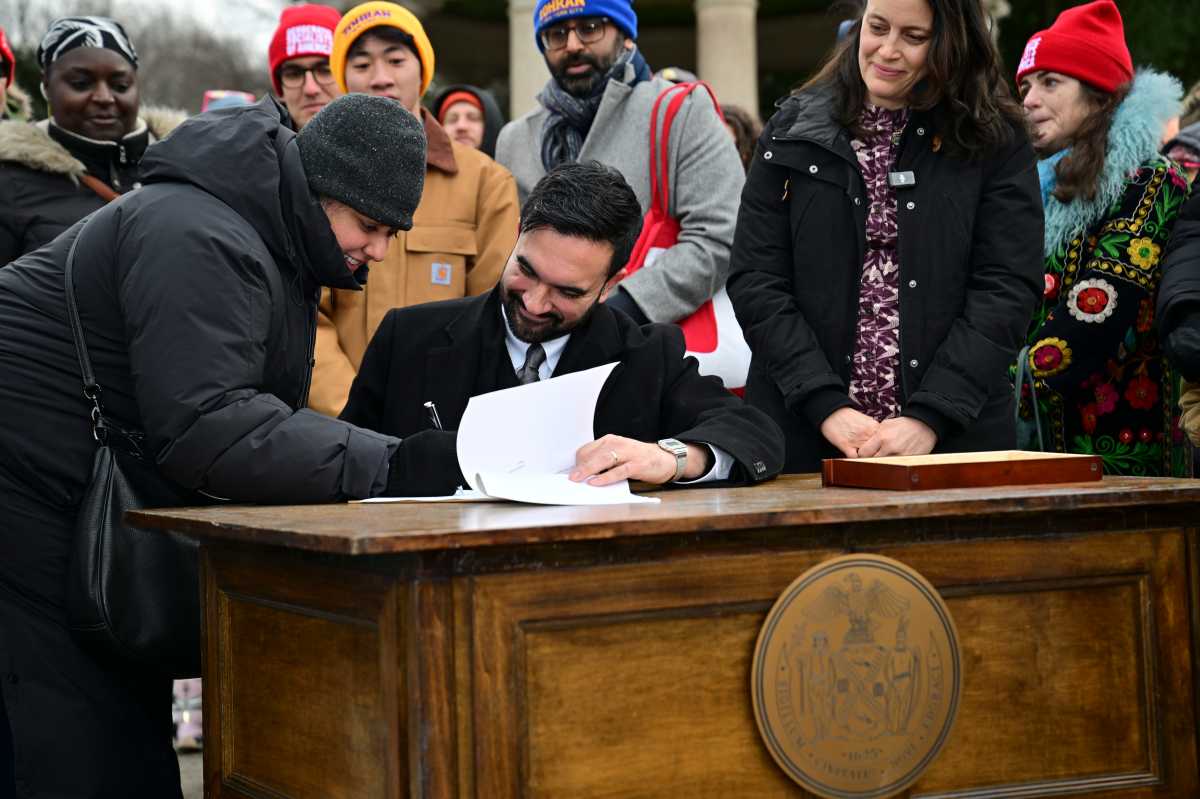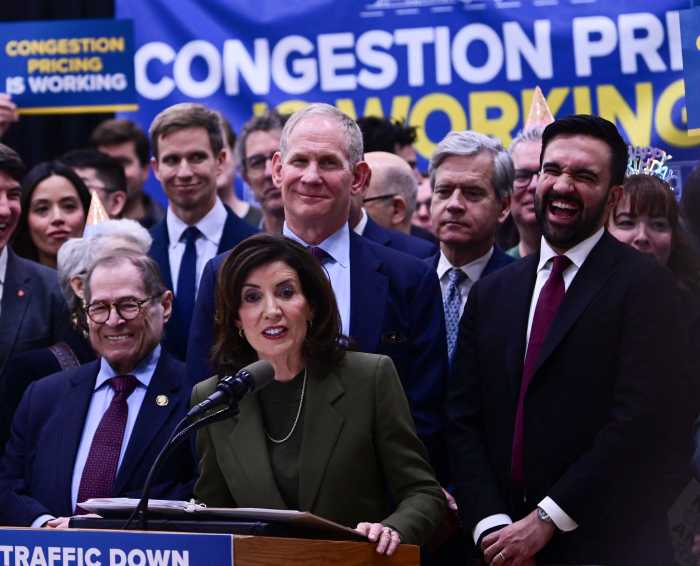With the MTA starting work on the Canarsie Tunnel tonight, some commuters may be asking what their options will be during the 15 months when overnight and weekend service is suspended.
While many Brooklynites will look to subway lines in Queens – such as the 7, G and M trains – the MTA will be provided more options for those in north Williamsburg to reach the J train to the south through two new bus routes.
During the weekends, the MTA plans to provide more trains to the M line increasing service from every 10 minutes to every 8 minutes during the day. During overnight hours on weekdays, service will be extending all the way up to 96th Street on the Q train route instead of to Queens Boulevard.
The G line will run five additional trains on weeknights between 8:30 p.m. and 1:30 a.m. while weekend service during the day will see shorter intervals from 10 minutes to 8 minutes, the MTA said.
The 7 train will remain relatively unchanged on weekends, with service every 4 to 7 minutes. But weeknights will see five additional trips from 8:30 p.m. to midnight.
Two special bus lines, the B91 and B92 will provide service between different options in Brooklyn between stops on Bedford Avenue L, Metropolitan Avenue – Lorimer Street G and L, Marcy Avenue J and M, and the Hewes Street J and M.
These buses will run every 3 to ten minutes, according to the MTA.
Bedford Avenue will serve as the western terminus of L train service within Brooklyn during the 15 month period.
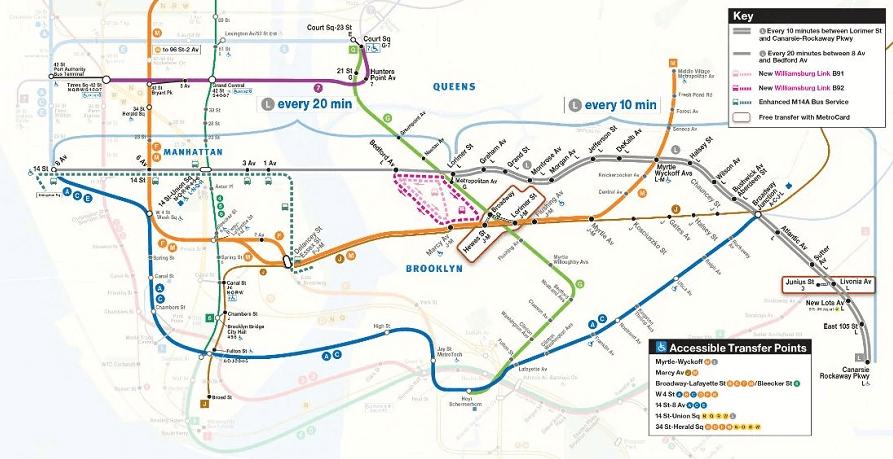
Mayor Bill de Blasio announced on April 24 that the city would move forward with a plan drafted during the period when the public in Brooklyn, Queens and Manhattan were bracing themselves for a round-the-clock closure of the Canarsie Tunnel.
The de Blasio administration will shutdown 14th Street in Manhattan between 3rd and 9th Avenues to buses and delivery vehicles for a period of 18 months.
“We have an opportunity to try something new and really get bus riders moving on one of our busiest streets,” de Blasio said. “As we continue to address congestion across New York City, this is an experiment that, if successful, could provide us another tool to move buses faster and save people valuable time for the things that matter.”

The pilot program, starting later in the spring, came with the approval of both the Tri-State Transportation Campaign and the Riders Alliance who advocate for better public transportation.
“The L train ‘slowdown’ threatens to be a slow-motion crisis for hundreds of thousands of daily L train riders. Making 14th Street a bus-priority street closed to non-local traffic will mean buses can play a huge role in picking up the slack when the L train is down,” Nick Sifuentes, Executive Director of Tri-State Transportation Campaign, said.“The busway will help keep New Yorkers moving while still preserving residents’ and delivery vehicle access.”
Governor Andrew Cuomo stomped the brakes on the full closure of the tunnel, announced three years ago this month, back in January when he unveiled a new approach that would keep riders moving during the busiest commuting hours.
During Superstorm Sandy, the Canarsie Tunnel was completely flooded by surges from the East River which required critical concrete and electrical work.
But a panel of experts from Cornell University proposes casing the bench-walls — raised walkways that hold electrical components and act as walkways — in a fiber glass-reinforced polymer with fiberoptic cabling.
For more on the L train project and how it impacts Brooklyn, visit BrooklynPaper.com.

